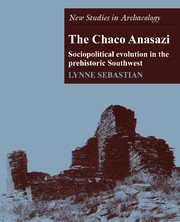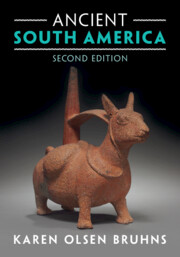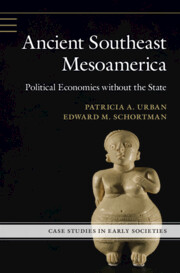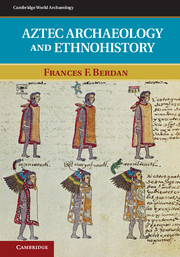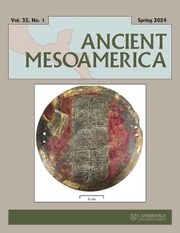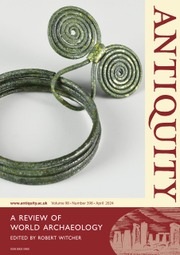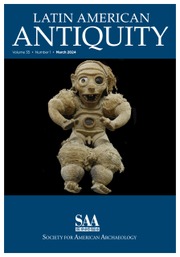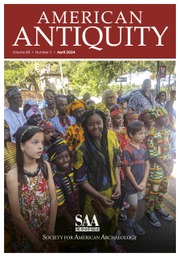Ancient Puebloan Southwest
John Kantner traces the evolution of Pueblo society in the American Southwest from the emergence of the Chaco and Mimbres in the AD 1000s through the early decades of contact with the Spanish in the sixteenth century. Based on a diverse range of archaeological data, historical accounts, oral history and ethnographic records, this introduction for students of the Pueblo Southwest is vital reading for any archaeologist concerned with the origins of early civilizations.
- Provides a comprehensive introduction to the history of the Puebloan Southwest from the AD 1000s to the sixteenth century
- Presents archaeological data and synthesizes often neglected sources such as oral histories and historical accounts
- Offers over a hundred illustrations with drawings, photographs and maps
Reviews & endorsements
"It makes the very complex and abundant archaeological record of thsi culture area accessible. It successfully melds processualist approaches to data collection adn analysis with a contingent view of cultural change. It shows how competing hypotheses move interpretation foward. Perhaps most importantly, it is a case study of region that does not have a clear unilineal trajectory from band to state and it forces us to think about how human societies organize themselves in the absence of materially visible hierarchies." Canadian Journal of Archaeology Jonathan Driver, Simon Fraser University
Product details
December 2004Paperback
9780521788809
338 pages
226 × 152 × 20 mm
0.48kg
104 b/w illus.
Available
Table of Contents
- 1. The ancient Puebloan southwest: an introduction
- 2. 'The daylight world': the paleoenvironmental context for Puebloan history
- 3. Return to Ánosin Téhuli? The origins of Puebloan culture
- 4. The wrong middle places? Chaco canyon and the Mimbres mogollon
- 5. The migrations continue the end of Chaco and Mimbres
- 6. The AD 1200s: the great Pueblo period
- 7. The great abandonment
- 8. Finding Posi: the protohistoric Puebloan world.


